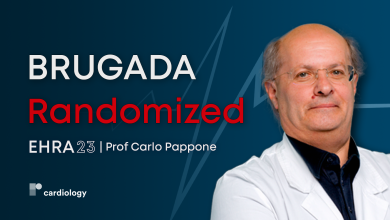In This Section:
Sudden Cardiac Death
Proven Therapy for Patients at Early Risk of Sudden Cardiac Death
The risk of sudden cardiac death (SCD) or life threatening arrhythmias is notably elevated in patients with newly diagnosed heart failure and reduced ejection fraction in the first 90 days after diagnosis.1,2 Clinical trials have shown that the clinical condition of patients often fluctuates during this period.3 Therefore, optimised guideline recommended medical therapy (GRMT) is crucial before considering further long-term therapies such as implantable cardioverter defibrillator (ICD) implantation.4-5 This reflects the outcome of recent clinical trials, that Reverse Remodeling processes take time despite modern drug therapy.6-7
Left-ventricular ejection fraction (LVEF) remains the most relevant predictor of SCD risk.1 According to the most recent guidelines from the European Society of Cardiology (ESC), patients with an LVEF ≤ 35% after an acute cardiac event could be considered for a wearable cardioverter defibrillator (WCD; LifeVest® ZOLL CMS) during the drug therapy optimisation phase.4-5,8 This recommendation is consistent with previous guidelines and is supported by extensive evidence, including data from over 20,000 patients from both retrospective and prospective registries, along with findings from large randomised controlled trials, highlighting the clinical effectiveness of the WCD in terminating ventricular tachyarrhythmias.1,7-13 The median WCD daily wearing time in recent studies and registries exceeds 22 hours.9-15
LifeVest WCD serves as a treatment option for patients with transient risk of SCD, offering advanced protection and monitoring during the early post-cardiac event phase while medical therapy is optimised and permanent risk is assessed. Unlike an ICD, LifeVest is worn outside the body rather than implanted in the chest. It is designed to continuously monitor a patient’s heart, detecting certain life-threatening rapid heart rhythms and automatically deliver a treatment shock to restore normal heart rhythm.
The Sudden Cardiac Death section is supported by ZOLL














